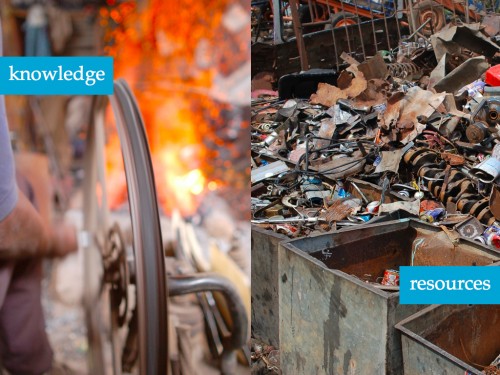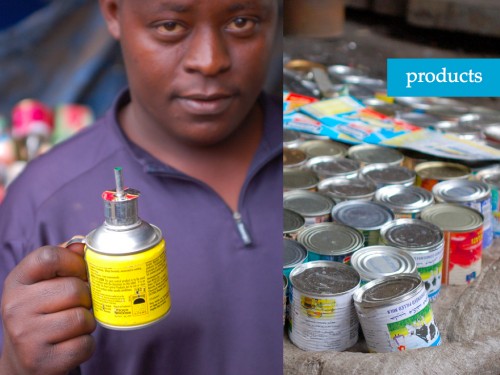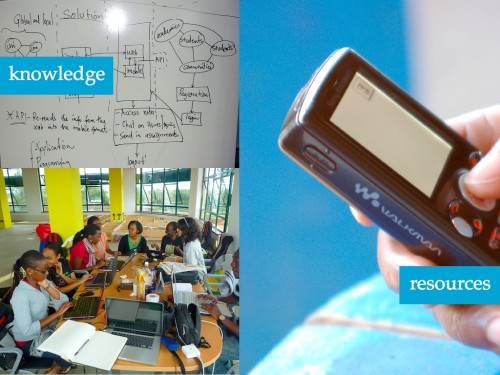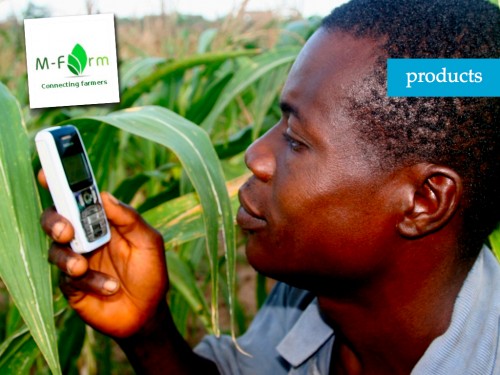I gave a keynote yesterday at the opening of the infoDev Global Forum in Helsinki, which has a specific focus on innovation. The m:lab funding comes from them, and they are exploring new ways to help entrepreneurs in the high-tech space, specifically mobiles, to make their businesses a reality.
Innovation: Knowledge and Resources
I’ve already stated that I think innovation is spread equally across the world. No one region has a monopoly on it. The kind of innovation that you see is dependent upon a number of things, but the foremost in my mind are knowledge and resources.
It’s what you’re educated about and in, it’s your skills, training and ability. When you mix that with the resources available around a creative and inventive person, then innovation happens. Let’s take a look at it.
Low-tech example
In Gikomba, a market place of jua kali workers in Nairobi, you find that their resources are made up of re-usable metal and they have deep training in non-traditional metal working methods and tools.
It comes as no surprise then, that the products they create look like this. Parafin lamps and other low-tech consumer products that sell cheaply and yet took a good deal of local ingenious thinking to craft (originally).
High-tech example
There is a group of women coders in the Nairobi area that call themselves the Akirachix. They often work out of the iHub, and their knowledge is about PHP, MySQL, USSD and SMS application building. The resources around them are mobile phones, and computers to work with.
It comes as no surprise that a couple of these gals (Jamila and Susan) develop mobile and web applications, targeted towards a demographic that they understand: farmers. M-Farm is a USSD and SMS app for farmer information, and organized buying by coops and suppliers.
What you see
What’s interesting here is that it’s often difficult for someone coming from one society and cultural background to appreciate the level of innovation coming from a completely different one. I used a couple examples of this in my discussion yesterday. How the low-tech innovation that we see at Maker Faire Africa is still innovation, and they have business value and provide efficiencies to the community that created them.
What’s difficult for people to do is see. It’s hard to look through another set of lenses and appreciate the inventiveness that got something so far. It’s a challenge to understand the needs of a culture that you don’t share and then create a product for it. This is why so many of the platforms and products designed in the West fail in Africa. It’s not that they’re not well designed, they’re just not designed by people who truly understand the needs of the customers in Africa.
It’s why rugged and efficient seed planting devices will be created in rural Ghana. It’s why Ushahidi and Mpesa had to come from a place like Kenya. It’s why South Africa’s Mxit has 35m users.
Finally, it’s why we should continue to invest in local inventors and entrepreneurs – instead of importing foreign solutions, let’s grow our own.



